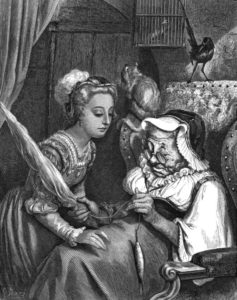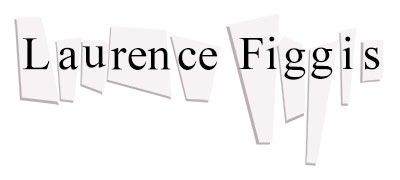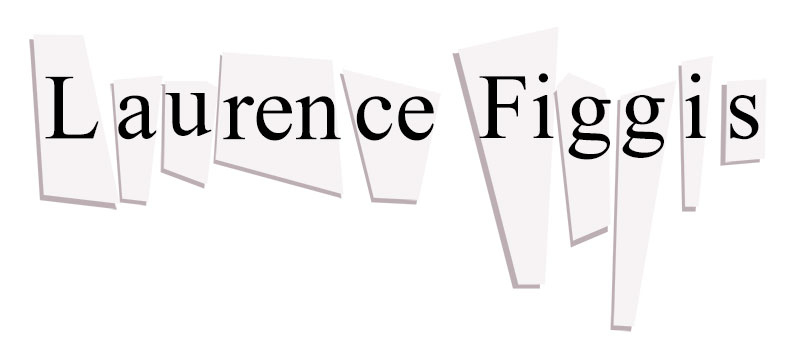Feb 07
2025The Sleeping Beauty in the Woods: A Surrealist Awakening

Gustave Doré, Illustration for Charles Perrault’s ‘La Belle au Bois Dormant’ in Les Contes de Perrault (one of six engravings), 1867.
André Breton did not have an unalloyed respect for fairy tales. He found them ‘puerile’ and conformist; in his view, these stories were ‘addressed to children’, and, as such, could not substantially influence the adult mind with their fantastic visions (Breton, 2010: 15). He held out hope that fairy tales could be ‘written for adults, fairy tales still almost blue’ (Breton, 2010: 16).
In the 100 years since Breton made this statement, fairy tales ‘for adults’ have become much more prominent—and their relationship to ‘Surrealism’ much more tangible. In her book From the Beast to the Blonde (1994), the writer and critic Marina Warner acknowledged the vexed relationship of these two genres of ‘the fantastic’. She gives special emphasis to women artists connected with the movement (such as Leonora Carrington and Meret Oppenheim), whom she regards as modern fairy tale ‘tellers’ (see Warner, 1994: 384-5).

